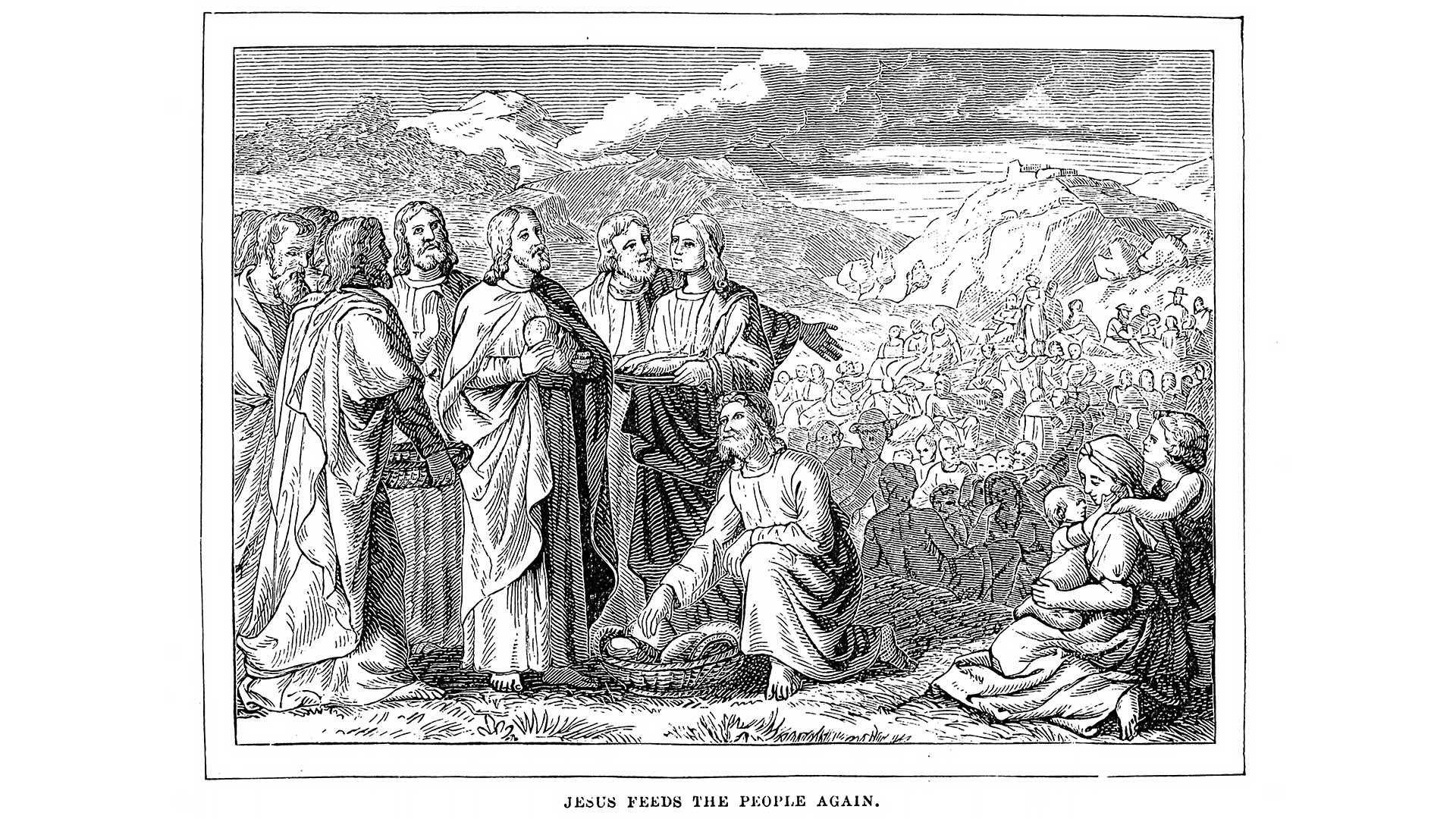Saint Andrew – Patron Saint of Scotland

Who Was St. Andrew?
St. Andrew is thought to have born between 5 and 10 AD in Bethsaida, Galilee, and was brother to Simon Peter (St. Peter). He became one of Jesus’ apostles.
He is the patron saint of Scotland, Barbados, Georgia, Ukraine, Russia, Greece, Cyprus, Romania amongst others. He is also considered to be the patron saint of fishermen, fishmongers and rope-makers, textile workers, singers, miners, pregnant women, butchers, and farm workers!
Click here for biographies on each of the UK’s patron saints and here for a calendar of UK patron saints days.
St. Andrew’s Early Life
Little is known of his early life around Galilee but like his brother (Simon, St. Peter) he was fisherman. His name is actually Greek in origin and means manly or brave; there is no Aramaic or Hebrew name recorded for him and this has led to the belief that the area around the Sea of Galilee was a remarkably cosmopolitan place in the first century AD.
There are two differing stories, in four separate Gospels, describing how Andrew and his brother were called to the service of Jesus.
In the Gospels of Matthew and Mark, Jesus was said to have been walking next to the Sea of Galilee, seen the pair fishing and called them to be his disciples – his ‘fishers of men’. However in the Gospel of Luke (5:1-11), Andrew is not named, and neither is it initially mentioned that Simon had a brother. In Luke’s Gospel it describes Jesus using Simon’s boat as a platform from which to preach to the masses on the shore. It’s not until the end of the next chapter in this Gospel that Andrew is named as Simon’s brother.
The Gospel of John (John 1:35–42) however states that Andrew was a disciple of John the Baptist, and that it was John who led him to Jesus.
Andrew is said to have immediately recognised Jesus as the Messiah and promptly introduced him to his brother.
The Byzantine Church gives Andrew the title Protokletos, which means ‘the first called’.
Andrew became one of Jesus’ 12 disciples and one of his inner circle. He allegedly was the one who told Jesus about the boy with the loaves and fishes which led to the miracle of the feeding of the five thousand. He was one of the four disciples who spoke with Jesus atop The Mount of Olives about the destruction of the temple and Signs of the End Times and he was also present at the Last Supper.
St. Andrew’s Later Life
After the crucifixion of Jesus, Andrew travelled widely, spreading the word of Christianity. He is thought to have travelled around the Black Sea area, Greece, Turkey, and is said to have reached as far into Europe as Kiev in what is now the Ukraine, and Novgorod, Russia.
Tradition also has it that Andrew founded the See (the church name for the area of a bishop’s jurisdiction) of Byzantium (later known as Constantinople, and now known as Istanbul).
Whilst preaching in Greece, St. Andrew converted many people to Christianity, including Maximilla, wife of Aegas Governor of Patras. Aegas, a follower of the old Roman faith was, to say the least, not impressed by Andrew’s teachings and demanded he stop preaching to his subjects. When Andrew refused, he was sentenced to death by crucifixion in or around the year 60 AD.
Early texts recording the event indicate that he was bound, rather than nailed, to a crucifix in the same shape as the one on which Jesus was crucified. However, a legend grew that Andrew considered himself unworthy to die on a cross like that of Christ’s and requested he be bound to an X-shaped cross, a saltire. Images of him on the saltire did not become widespread until the 15th century.
His remains were kept in Patras and according to legend St. Regulus, who was a monk at Patras, had a vision telling him he should hide some of the bones. Sometime later the remaining bones were transported to Constantinople by order of the Roman emperor Constantius II.
Regulus apparently had a second vision commanding him to take such relics to ‘the ends of the earth’, and wherever he was shipwrecked (which sounds a rather pessimistic thought with which to commence a journey!) he was to build a shrine.
He set sail towards the western edge of the known world, taking with him a kneecap, an upper arm bone, three fingers and a tooth, and allegedly was shipwrecked off the coast of Fife in Scotland.
Whilst this makes for a great story, it is more likely that the relics attributed to St. Andrew were actually brought to Britain in 597 and then were taken to Fife in 732 by Bishop Acca of Hexham.
His skull was returned to Patras at some point during the reign of Emperor Basil I of Byzantium and then after the sack of Constantinople during the Fourth Crusade in 1208, whatever else remained was taken to Amalfi, Italy by Cardinal Peter of Capua.
Why Was St. Andrew Made Patron Saint of Scotland?
According to legend, a Scottish King or chieftain, Angus, was preparing to lead an army of Scots and Picts against the Angles (English) in around AD832. He was heavily outnumbered and vowed that if he won, Saint Andrew would be appointed as the Patron Saint of Scotland. On the day of the battle a cloud formation in the shape of a saltire cross formed in the blue sky above the battleground and Angus’ army were successful against all odds.
The flag of Scotland – the white saltire on a blue background – is alleged to have arisen as a result of this miraculous event.
The 1320 Declaration of Arbroath cites Scotland’s conversion to Christianity by Andrew, “the first to be an Apostle” and formalised his adoption as their patron saint.
Is St. Andrew’s Day a Bank (Public) Holiday?
Yes, in Scotland it is, it falls on November 30th.
Is St. Andrew Patron Saint of Anywhere Else?
He certainly is!
Barbados, Georgia, Ukraine, Russia, Greece, Cyprus, Romania amongst others. He is also considered to be the patron saint of fishermen, fishmongers and rope-makers, textile workers, singers, miners, pregnant women, butchers, and farm workers!
